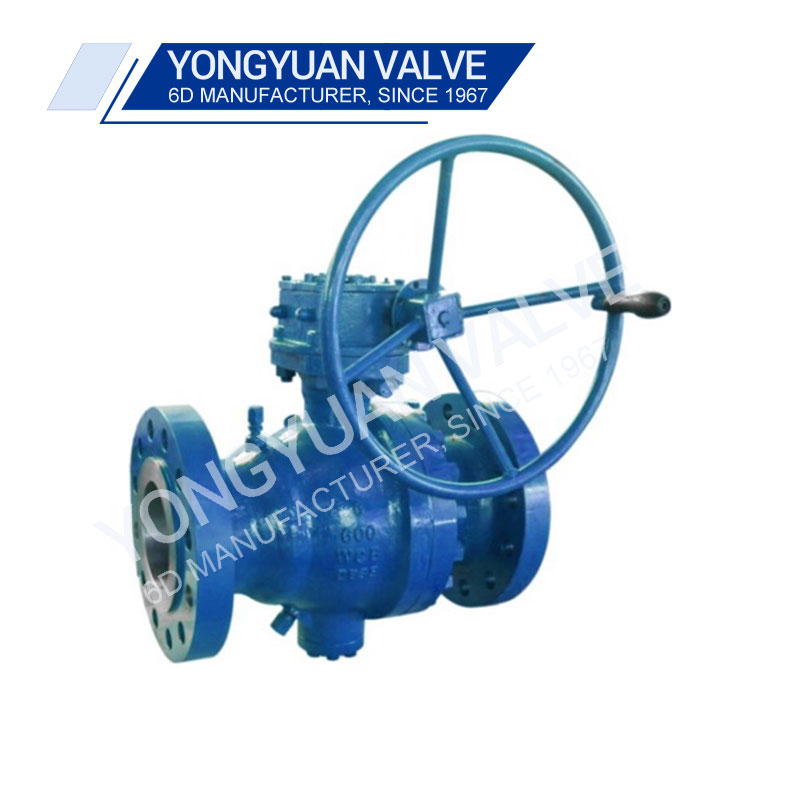Understanding the Basics: What is a Ball Valve and How Does It Work?
2025-01-09
A ball valve is a versatile and widely used valve type in industries ranging from plumbing to oil and gas. Its simple yet effective design makes it a preferred choice for controlling the flow of liquids and gases. In this blog, we’ll explore what a ball valve is, how it works, and why it is essential in many applications.
What is a Ball Valve?
A ball valve is a quarter-turn valve that uses a hollow, perforated ball to regulate flow. The ball is housed inside the valve body and rotates to open or close the flow path. When the hole in the ball aligns with the valve body, the valve is open, allowing fluid or gas to pass through. When rotated 90 degrees, the hole is perpendicular to the flow path, shutting off the flow.

Key Components of a Ball Valve
1. Valve Body: Houses the internal components and connects to the piping system.
2. Ball: The central component that controls the flow.
3. Stem: Connects the ball to the external handle or actuator.
4. Handle/Actuator: Used to turn the ball for opening or closing.
5. Seats and Seals: Ensure a tight, leak-free closure.
How Does It Work?
- Open Position: The hole in the ball aligns with the pipeline, allowing flow.
- Closed Position: Rotating the ball blocks the flow, creating a seal.
The simplicity of this operation makes ball valves quick and reliable, often used in systems requiring frequent operation.
Advantages of Ball Valves
- Durability: With fewer moving parts, they are less prone to wear and tear.
- Leak-Free Seal: The tight seal prevents leaks, even under high pressure.
- Versatility: Suitable for a wide range of temperatures and pressures.
- Ease of Use: Quick quarter-turn operation makes them user-friendly.
Common Applications
Ball valves are found in various settings, including:
- Plumbing Systems: To control water flow.
- Industrial Processes: For handling chemicals, steam, or gases.
- Oil and Gas Industry: In pipelines for shut-off and flow control.
- HVAC Systems: To manage heating and cooling systems efficiently.
Conclusion
Ball valves are essential components in fluid and gas control systems. Their simple design, durability, and efficiency make them a popular choice across industries. Understanding their functionality can help you choose the right valve for your specific needs.


